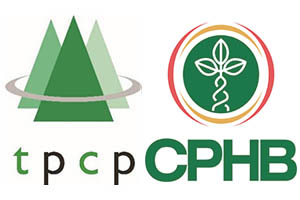Galls are abnormal growths on a plant that can have various causes, including viruses, nematodes, bacteria, fungi, mites and insects. Aphids, flies and wasps are some of the insects known to cause galls. Generally plants can tolerate galls with no obvious injury. However, a very high incidence of galls can damage and even kills plants.
Gall formers on eucalypts
The Eucalyptus gall wasp (Leptocybe invasa) is currently the only gall forming insect in South Africa which is considered a serious pest of plantation forest trees. This insect, which infests Eucalyptus, was accidentally introduced from Australia. It was first detected in South Africa in 2007 (and only in 2009 in forestry areas). The Eucalyptus gall wasp causes galls on the stems, petioles and midrib of leaves. Damage by this insect is particularly severe on younger trees, where the majority of leaves can have galls, resulting in severe leaf drop. In such cases, stunting of growth and possibly tree death can occur. The adult wasp is minute (about 1.4 mm), but the galls, which often contain multiple eggs of the Eucalyptus gall wasp, are easily visible. Severely infested trees have a gnarled appearance.










































